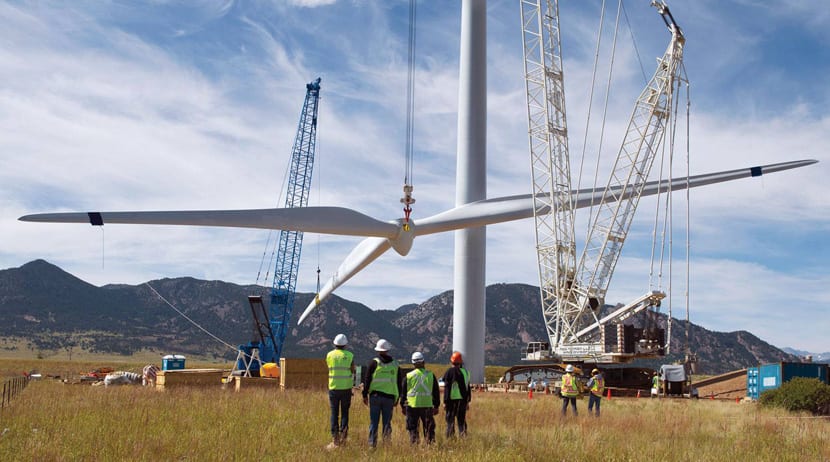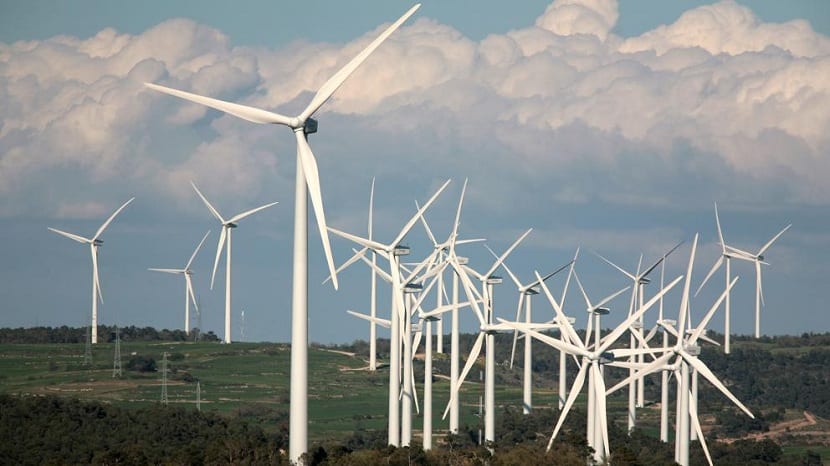
The Wind Business Association (PREPA) has prepared the analysis' Necessary elements for the energy transition. Proposals for the electric sector', which he has sent to the Committee of Experts for the Energy Transition.
The objective of the association is to make a realistic proposal on the contribution of wind power to the electricity mix in 2020, 2030 and 2050. The energy transition requires long-term planning.

PREPA has taken as a reference the scenario proposed by the European Commission based on the PRIMES model for 2030, which predicts a fairly small growth in the electrical demand. PREPA has set much more ambitious electrification and decarbonisation targets, in order to meet the Paris Agreement target of trying to achieve an 80-95% reduction in greenhouse gas emissions by 2050.

The electricity sector must be able to meet the new electricity demand without penalizing emission reduction targets.
As a summary of the report, the wind power installed in 2020 would reach 28.000 MW (taking into account the auctions of new power already awarded in 2016 and 2017 and the Canarian wind quota), so that wind energy would increase by 1.700 MW per year on average between the end of 2017 and the beginning of 2020. While in the following decade it would increase by 1.200 MW per year on average until 2030, reaching 40.000 MW of installed power.
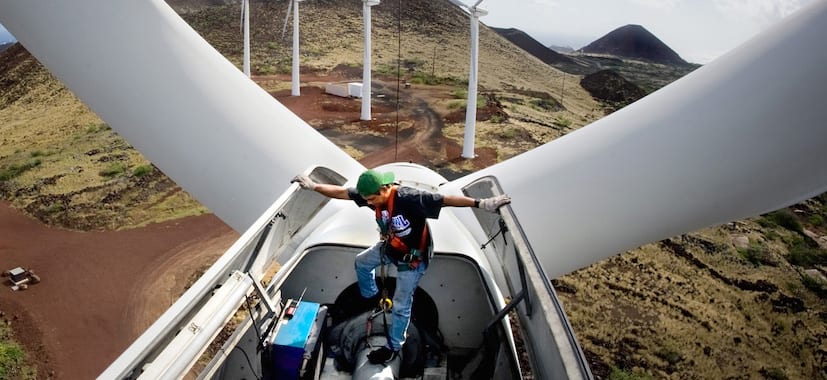
Thanks to these new wind turbines, the emissions of the Spanish electricity sector are would reduce by 2020 by 30% compared to 2005 (reference year for the European emissions trading system, ETS in its acronym in English) and by 42% by 2030.
In the best scenario, 100% of the decarbonisation of the electricity system would be achieved by 2040. Furthermore, the Spanish electricity mix would reach 40% of demand coverage with renewables in 2020, 62% in 2030, 92% in 2040 and 100% by 2050.
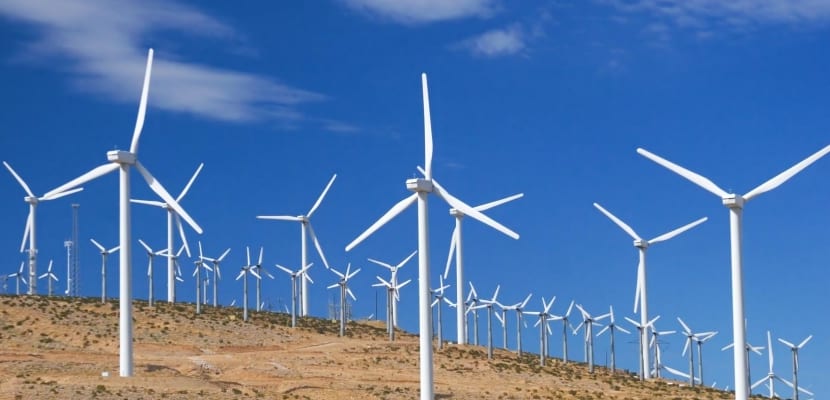
To carry out the installation of the new wind power power posed by the PREPA scenario, it is necessary to have simplicity, stability and security in regulation.

According to the director of AEE, Juan Virgilio Márquez: “The current energy model is incompatible with the objectives that we have set for ourselves in Europe. The energy planning of the new model must be formulated in the long term with visibility and coordination of the transversal policies. In addition, the market has to give adequate investment signals and the fiscal framework must be correct. The governance of the process is key and must be objective and independent. The wind sector is prepared and competitive to provide the system with the wind capacity required to achieve the decarbonisation objectives, supplying more than 30% of the electrical energy in 2030. Based on the scenario developed by AEE, the installed power in 2020 should be 28.000 MW and by 2030 it would be 40.000 MW. By 2050, the installed wind power would be 60.000 MW ”.
If the PREPA scenario of installing wind power is met, it would have about bestial benefits. Some of these would be:
• Spanish energy security would improve as fossil fuel imports were reduced by 18 million tonnes of oil equivalent
• It would mean 32.000 jobs in the wind sector
• The contribution to GDP would be more than 4.000 million euros
• It would avoid the emission of 47 million tons of CO2
For the Spanish wind sector it would have significant benefits such as:
- A reactivation of industrial activity and technological due to the installation of new power at a rate and volume similar to that of the past decade.
- The development of the internal market would improve the competitive position (economies of scale, technological leadership, qualified professionals, etc.) of Spanish companies, which would further increase exports.
- Facility maintenance activity would play an even more relevant role.
In the analysis' Elements necessary for the energy transition. Proposals for the electricity sector ', AEE proposes the adoption of a series of concrete measures in the electricity sector to facilitate the contribution of renewable energies in the achievement of objectives in 2030 and 2050. The measures are concentrated in six areas: Planning and Framework regulatory, taxation, new financing mechanisms, among others.
Some of these concrete measures, indicated by the different areas, are:
Planning and a regulatory framework
- Define mandatory objectives for the 2030 for the sector, allowing a progressive path (2031-2050) to achieve the goal of 80-95% reduction in CO2 emissions by 2050.
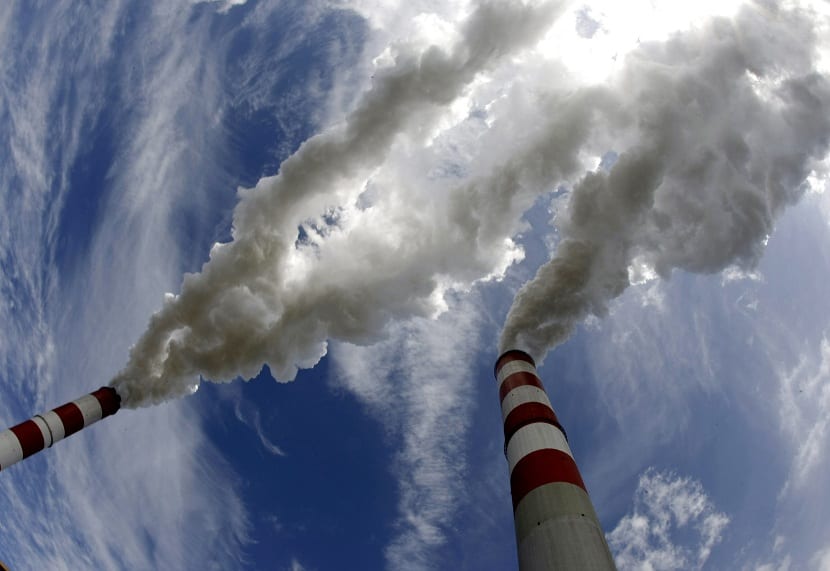
- Eliminate costs from the electricity bill foreign to supply.
- Establish a stable framework for the installation of renewable energy: stable remuneration mechanisms, an implementation path and a timetable for Auctions.
- Facilitate investments in interconnection between countries to ensure surplus export.
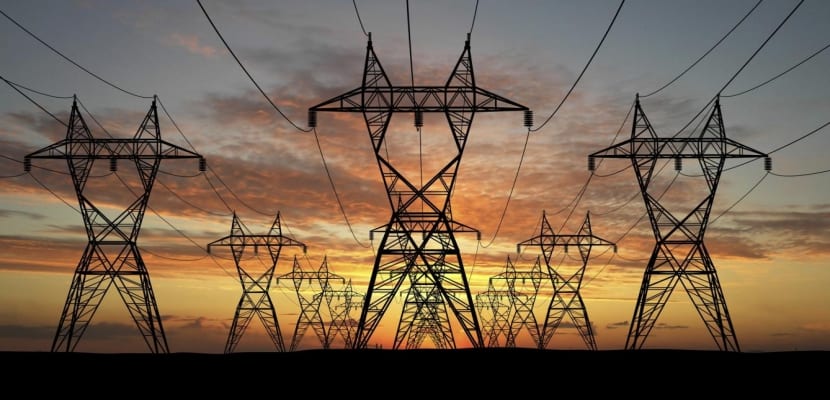
Taxes
• Establish a tax system Environmental that helps investors to invest in efficient and clean energy, based on the concept that “the polluter pays”.
• Eliminate taxation purely collection on renewables, such as the regional renewable fees and the electricity generation tax.
Technological evolution
• Approve a National Plan for Electrification, which covers all sectors, mainly transport.
• Implement a regulatory framework that promotes self-consumption and energy storage.

• Set up regulatory mechanisms, economic or fiscal that encourage the repowering and the extension of life of the parks in areas with a high wind resource.
